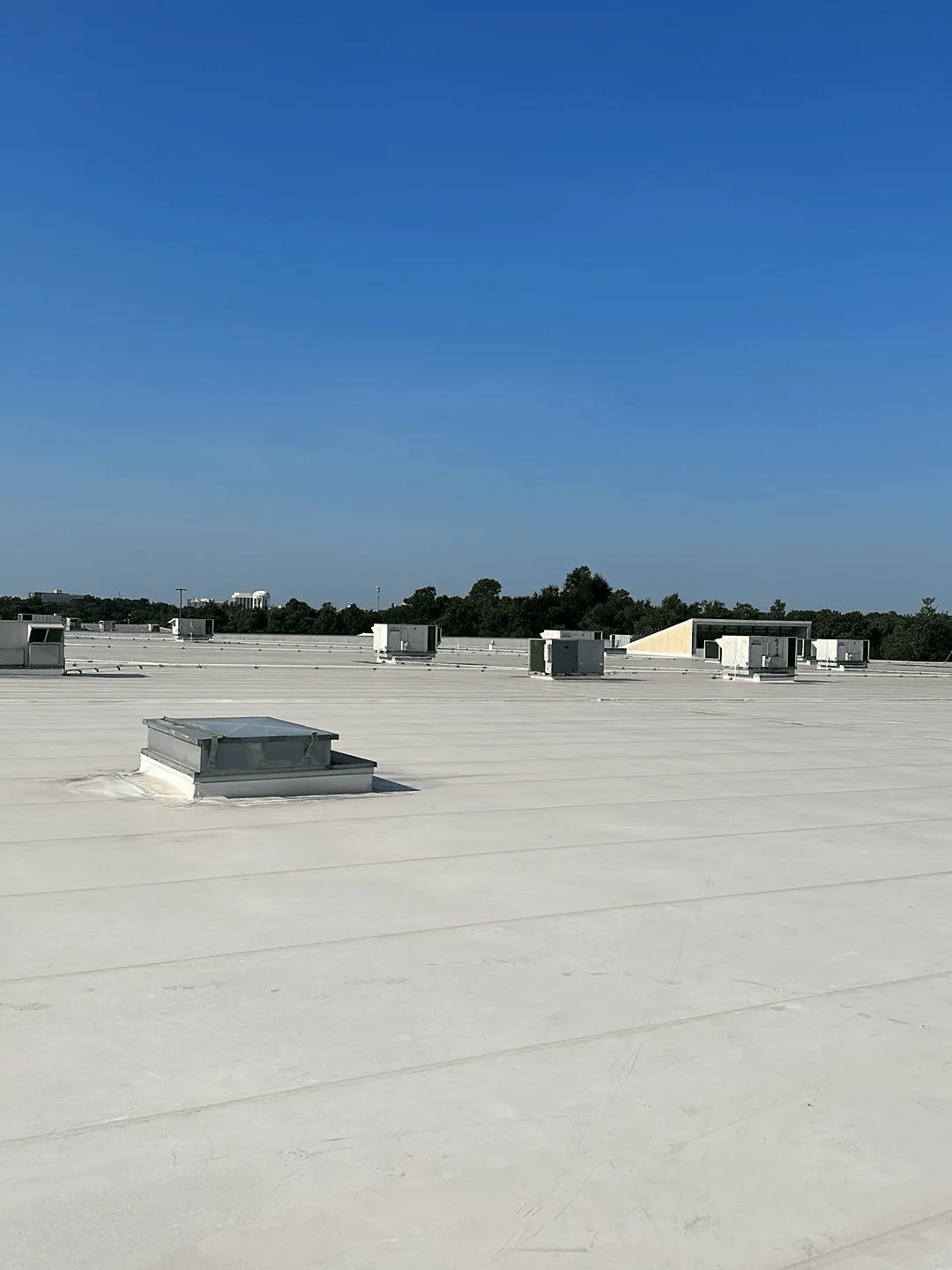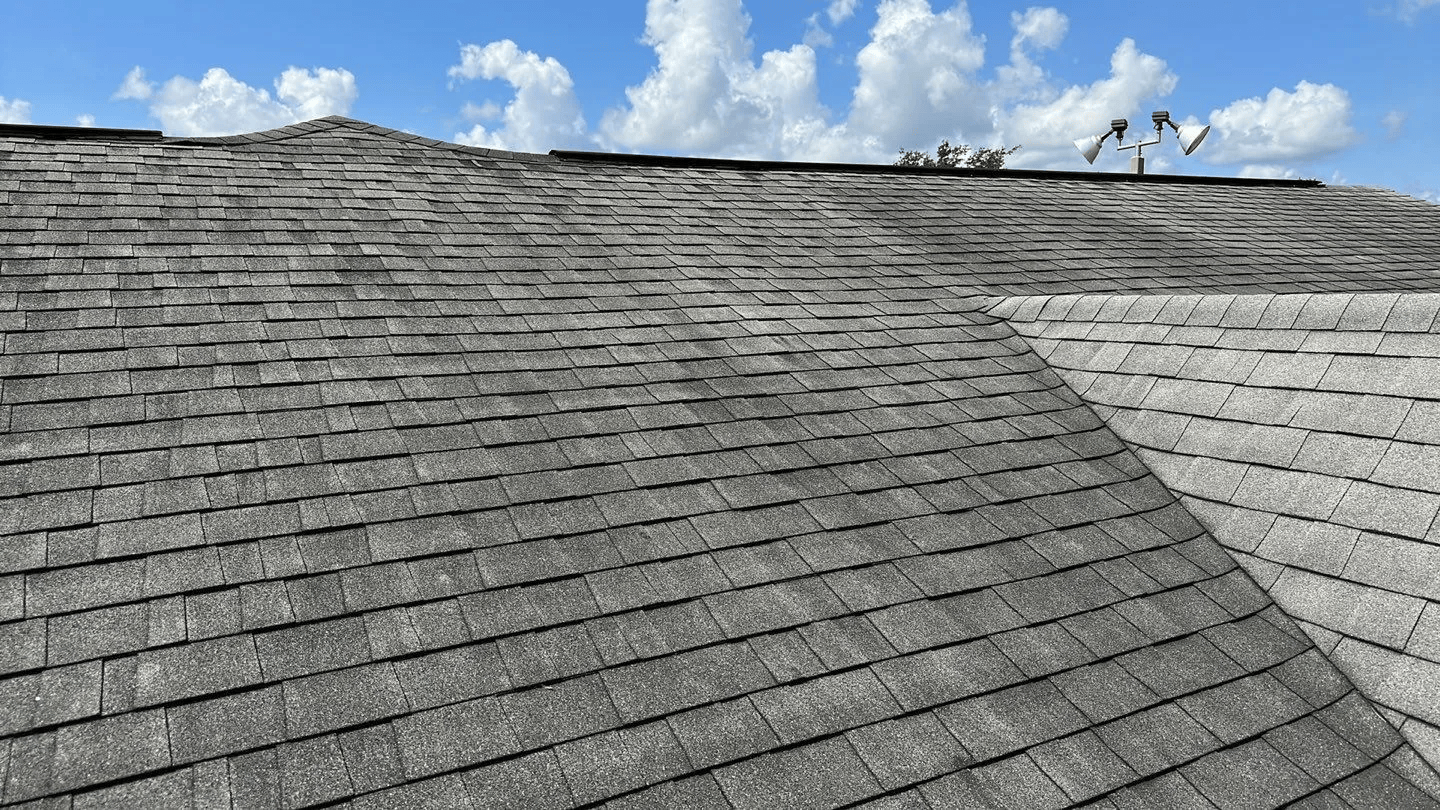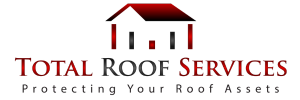The Ultimate Guide to Commercial Roofing
Protecting Your Investment:
Commercial roofing ain't just about slapping on some shingles and calling it a day. It's a whole different ball game compared to residential roofing, and it requires specialized knowledge, materials, and techniques.
Whether you're a seasoned property manager or a newbie business owner, understanding the ins and outs of commercial roofing is crucial to keeping your property in tip-top shape. So, buckle up and let's dive into the world of commercial roofing.
Types of Commercial Roofing
When it comes to commercial roofing, you've got a smorgasbord of options. Each type has its pros and cons, so it's important to choose the one that best fits your building's needs and your budget.
- EPDM (Ethylene Propylene Diene Terpolymer)
- Pros: Durable, flexible, and resistant to UV rays and extreme temperatures.
- Cons: Can be punctured easily and requires regular maintenance.
2. TPO (Thermoplastic Olefin)
- Pros: Energy-efficient, resistant to mold and mildew, and easy to install.
- Cons: Can be prone to punctures and doesn't perform well in extreme temperatures.
3. PVC (Polyvinyl Chloride)
- Pros: Highly durable, chemical-resistant, and energy-efficient.
- Cons: Can be expensive and may shrink over time.
4. Modified Bitumen
- Pros: Durable, easy to maintain, and good for flat roofs.
- Cons: Can be prone to leaks if not installed properly and may require regular maintenance.
5. BUR (Built-Up Roofing)
- Pros: Extremely durable, resistant to UV rays, and provides excellent insulation.
- Cons: Heavy, expensive, and requires professional installation.
6. Metal Roofing
- Pros: Long-lasting, durable, and energy-efficient.
- Cons: Can be noisy during rainstorms and may require regular maintenance.
Benefits of Commercial Roofing
Investing in a high-quality commercial roof isn't just about keeping the rain out. There are several benefits that come with a well-maintained commercial roof:
- Energy Efficiency: Modern commercial roofing materials like TPO and PVC can reflect sunlight, reducing your building's cooling costs.
- Durability: A good commercial roof can withstand harsh weather conditions, protecting your building and its contents.
- Aesthetics: A well-maintained roof enhances your building's curb appeal, which can be a big plus if you're looking to attract tenants or buyers.
- Safety: A sturdy roof reduces the risk of leaks, mold, and other issues that can compromise the safety of your building's occupants.
Commercial Roofing Maintenance Tips
Keeping your commercial roof in good shape requires regular maintenance. Here are some tips to help you stay on top of things:
- Regular Inspections: Schedule regular roof inspections, especially after severe weather events. This helps identify and address potential issues before they become major problems.
- Clean Gutters and Drains: Clogged gutters and drains can lead to water pooling on your roof, which can cause leaks and other damage. Make sure to clean them regularly.
- Trim Overhanging Branches: Overhanging branches can damage your roof during storms and can also provide a pathway for pests. Keep them trimmed back.
- Address Repairs Promptly: If you notice any signs of damage, such as leaks or missing shingles, address them promptly to prevent further damage.
- Invest in a Maintenance Program: Consider investing in a customized maintenance program that includes regular inspections, cleaning, and repairs. This can help extend the life of your roof and protect your investment.
Common Commercial Roofing Issues
Even with the best maintenance practices, commercial roofs can still experience issues. Here are some common problems to watch out for:
- Leaks: Leaks can be caused by a variety of factors, including damaged roofing materials, clogged gutters, and poor installation. Regular inspections can help catch leaks early.
- Ponding Water: Water that pools on your roof can cause leaks and other damage. Make sure your roof has proper drainage to prevent this issue.
- Blisters and Cracks: Blisters and cracks can form in roofing materials due to extreme temperatures, UV exposure, and other factors. Address these issues promptly to prevent further damage.
- Punctures: Punctures can be caused by foot traffic, falling branches, and other debris. Regular inspections can help identify and address punctures before they become a major problem.
- Shrinkage: Some roofing materials, like PVC, can shrink over time, causing issues with seams and flashing. Regular inspections can help catch this issue early.
FAQs
1. How often should I have my commercial roof inspected?
It's recommended to have your commercial roof inspected at least twice a year, preferably in the spring and fall. Additionally, schedule inspections after severe weather events to catch any damage early.
2. Can I install a new commercial roof over my old one?
In some cases, you can install a new roof over an existing one, but it's not always recommended. It's best to consult with a professional to determine the best course of action for your specific situation.
3. How long does a commercial roof last?
The lifespan of a commercial roof depends on the materials used and how well it's maintained. On average, a commercial roof can last anywhere from 15 to 30 years, with some materials like metal roofing lasting even longer.
4. What should I do if I notice a leak in my commercial roof?
If you notice a leak, it's important to address it promptly to prevent further damage. Contact a professional roofing contractor to inspect and repair the issue as soon as possible.
5. How can I improve the energy efficiency of my commercial roof?
Consider installing reflective roofing materials like TPO or PVC, which can help reduce your building's cooling costs. Additionally, ensure your roof is properly insulated and that any gaps or leaks are sealed.
Commercial roofing is a critical component of your building's overall structure and performance. By understanding the different types of commercial roofing, their benefits, and how to maintain them, you can ensure your investment is protected for years to come. Regular inspections, prompt repairs, and investing in a maintenance program can go a long way in extending the life of your commercial roof and keeping your building in top shape. So, don't skimp on your roof – it's worth every penny!




